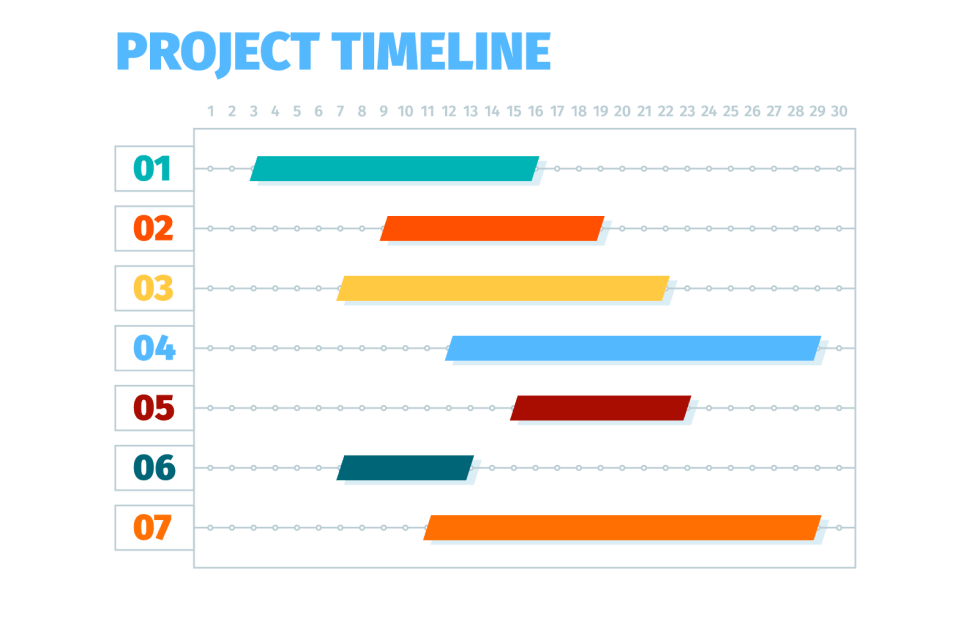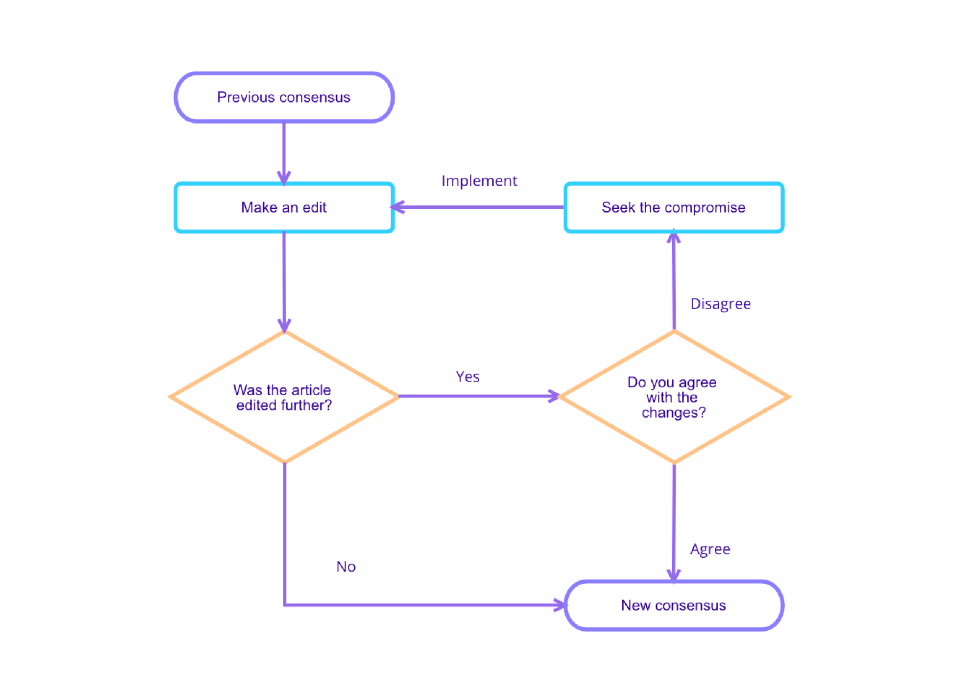Project Management Guide
Project Management Guide
What Is Project Management?
What Is a Project?
Why Is Project Management Important?
Project Life Cycle Phases
- Project Initiation
- Project Planning
- Project Execution
- Project Monitoring
- Project Closure
Project Management Methodologies
- Waterfall Project Management
- Critical Path Method
- Critical Chain Project Management
- Agile Project Management
- Scrum Project Management
- Kanban Project Management
- Lean Project Management
- Six Sigma Project Management
- PRINCE2
- PRiSM
- PMBOK Method
Project Management FAQ
What Is Project Design in Project Management?
To begin with, let’s think of your project as a destination which you have to reach.
As with other destinations, there will be various ways of getting there. Some will be longer but more cost-efficient. Some will be shorter but require more planning. And there will be various routes in between.
This is where project design comes in. It’s an outline of the way in which a project can be completed. Typically, it includes:
- The people responsible
- What they are setting out to achieve
- The goals of the project
- The success criteria
- The budget
- The technology and resources needed
Proper project design is an effective and powerful first step when it comes to a project. It’s the big picture that shows you where your actions will lead to.
Why You Need a Project Design
A project design can be seen both as a blueprint and a map. It contains all the elements of the project that you are about to start. It also mentions the resources needed to pull it off successfully.
There are times when you can work on more than one project design. This can show you alternative ways to complete the project. After a discussion with the main people concerned, one plan is chosen.
In this way, a project design can also be a method to weigh options and come up with the best solutions.
To sum up, then, a project design is necessary because:
- It is a framework that supports project planning and implementation.
- It helps in the identification of resources and costs necessary for successful completion.
- It is a way to choose from several alternative ways to execute a project.
- It can be used as a guide and communication tool for stakeholders and others involved in the project.
- It can be an invaluable communication tool. After all, a survey shows that companies with 100,000 employees suffer an average loss per company of USD 62.4 million per year because of inadequate communication.
Questions to Ask When Working on a Project Design
As we’ve pointed out, a project design is a way to choose and allocate resources in a goal-directed manner. Many times, it can be presented as a visual aid.
It’s important then to ask the right questions before preparing such a plan. Resources and time are both limited in the real world. Making necessary choices and reflecting these in the project design is an efficient means of beginning any project.
- What is the purpose of the project? Every project exists to solve a problem or to make things better. The more specifically this is addressed, the clearer you can be when it comes to outlining the steps to take.
- What information is needed? You need to identify all the information you need before starting the project. These could be technical questions, they could be issues of approval, and they could also be relevant to the resources required. All of this will provide you with the data you need for an effective project design.
- What are the problems? For every project, there will be problems to be overcome. You need to capture the main ones carefully. Not only this, you should think of ways and means of overcoming the obstacles so that the project design is an effective representation of real-world issues.
- What are the resources available? Be it manpower or budgets, you should take a close look at the resources available to complete the project. Then, you can lay down how these will be optimally used for the project.
- When will the project finish? This may seem like a basic question, but it is not only related to time and deadlines. You should be clear about the approvals process, the milestones, the evaluations, the major deliverables, and the steps that are inter-dependent for the project to be completed.
- What are the alternatives? As a project manager, you know that there are times when things do not go according to plan. That’s why you should reflect on the risks and the options. This will enable the project design to guide you and your team in case of roadblocks.
Visualizing and Mapping Your Project Design
There is a wide array of tools available for you to effectively visualize your project plan. These enable you to capture all the relevant information and then present it in an actionable manner.
Some of the visual aids you can rely on are:
- Sketches of the various stages
- Rough blueprints that indicate progressive actions
- Flow charts and site trees and show how the project will go forward, step by step.
- Gantt charts, which are a form of bar charts that show the linkages between activities as well as the current schedule.
- Photographs and illustrations that indicate the project purpose
Mind maps and flow charts can help in the early stages of any project. After that, the style you use for your project plan will depend on the nature of the industry and the specific project.
For larger consultancies and project offices, there could even be templates for project design that have worked successfully in the past. These can be relied on and tweaked according to needs.
An example of a project plan template
There is also project management software that is a great help at every stage, including the project plan. These can be versatile, work across geographies, and combine various methods to successfully aid in project completion.
A basic flowchart template
In software development, charts and architecture diagrams are common. When it comes to product development, prototypes can be very helpful. In engineering and construction projects, a combination of the above is often needed, along with blueprints for various stages.
What Comes After Project Design?
You’ve asked the right questions, gathered the information, assessed the resources, and visualized the steps for your project plan.
What comes next?
As experienced project managers know, planning and executing a project is a team effort. It’s when there is a buy-in from all concerned and a joint execution that a project can be successfully completed.
That’s why the project design and plan should be discussed, first with leading stakeholders and then with key team members. It’s at this stage that any necessary revisions and modifications can be done.
If you have worked out optional project plans to get to completion, such consultation becomes even more important. After careful comparison and weighing the alternative routes, one can be decided upon.
After that, you can come up with a project roadmap that will enable you to take the first step with confidence as well as great chances of success.
Project designs can be a critical component of any project. They are a way of calculating means, objectives, and resources and choosing the best way forward. It makes sense to devote time and effort to such a project plan right from the start.
